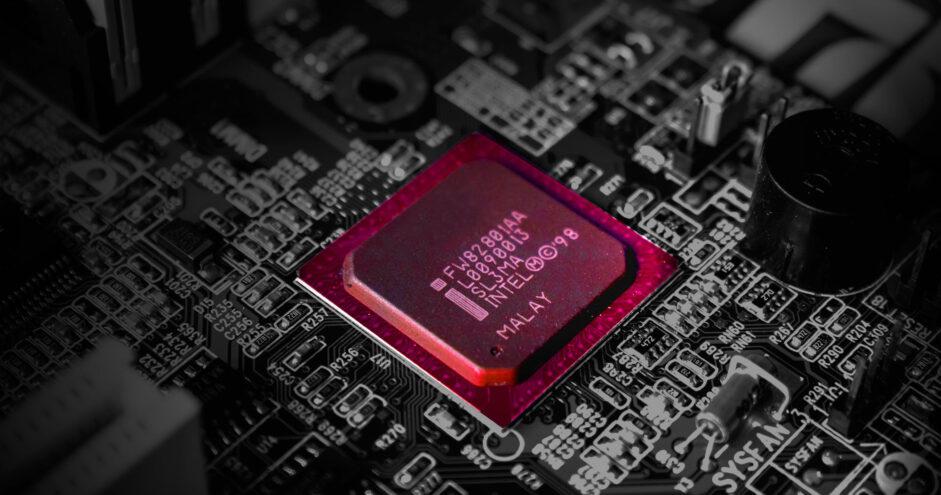Hardware Development Process: Not That Hard as It Sounds


The modern IT revolution is primarily considered to be powered by software development but any digital product is run on some device so the hardware development process plays a pivotal role in the success of a high-tech project. Having been involved in the hardware product development process for seven odd years, we at Sirin Software know too well how dearly companies pay focusing exclusively on programming and thinking little of the hardware development process and lifecycle potential bottlenecks and still less of relevant hardware development tools that are leveraged to obtain a high-end product.
Ignoring the physical texture and composition of state-of-the-art products is a felony given the spread of embedded systems, a wide range of wearable gizmos, wireless solutions, and all kinds of consumer electronics. Some of these fields (like the IoT industry) display a robust CAGR of almost 27% with expectations of the corresponding market to top $560 million within a year. It is quite natural that such numbers turn the domain into a mouth-watering investment niche with hundreds if not thousands of organizations vying for their place under the IT sun.
However, business-savvy entrepreneurs won’t stir a finger before they realize all details of the hardware development process and lifecycle.
HARDWARE PRODUCT DEVELOPMENT PROCESS: COAL-AND-ICE STAGES TO FOLLOW
The specialists of Sirin Software practice a unique algorithm while approaching various high-tech projects. So hardware development process for, say, smart home solutions would be rather different from the one employed for industrial automation – and not only in the choice of hardware development tools but in the very modus operandi used in each case. Yet, there are some common steps to be taken to see through any hardware product development process.
Start with Feasibility
What you should begin with is to get a complete picture of your future product. This image should include not only its features and configurations, but also the problem you are going to solve with it, the target audience you work for, the similar products of other manufacturers, and the roster of hardware development tools and resources you will need. All these preliminary considerations will be used in building an MVP that will serve as a benchmark for further activities.
Implement Preliminary Hardware Design
A blueprint for this stage is a level-block diagram that specifies all functions and interconnections of elements. This diagram will leave you with a BOM – the Bill of Materials where a microcontroller is typically the core that is linked to sensors, displays, memory units, or any other item your product will contain.
Next to produce is the schematic circuit diagram that will include the tiniest peculiarities of resistors and sensors whose pins should match each other to make the product totally functional.
After that, proper hardware development tools are leveraged to perform mechanical and industrial design. Conventionally, this phase of the hardware development process and lifecycle presupposes conducting engineering analysis, geometric modeling, and feasibility checks of electrical components as well as mechanical casing.
Finally, the Printed Circuit Board (PCB) is designed. It is the mission-critical stage that is quite complicated for devices with a small footprint and appliances that would consume considerable current. In both cases, power routing and wireless connectivity are to be prioritized. Our custom electronics development services come in handy here, providing unique solutions to suit these demanding design and functionality requirements.
It is quite possible that your BOM will boom after such operations but it is a natural thing to happen.
Create a Prototype
This is the first move in the hardware product development processwhen a charted image starts to take a real-life shape. Each feature and functionality must be implemented and tested under the close control of mechanical, industrial, and/or embedded engineers to make sure the map is as close to the territory as it might be. At this stage, our hardware engineering services play a crucial role, providing expert guidance and technical support to bring your product concept to fruition effectively.
Design for Manufacturing and Assembly
Before launching the prototype into mass production, you should hear what experts think of manufacturing costs, try to curtail overhead expenditures, and see whether high-volume manufacturing is going to pay off. All of these matters are dealt with by producing a DFMA item.
Advance to Actual Manufacturing
This is when you handle the outstanding design issues (design verification procedure) and go for creating under a hundred products. If everything with this first portion goes as it has been planned and functions as it has been expected you can proceed on a larger scale.
CONCLUSION
Getting high-quality hardware is at least as important for the success of high-tech products as the AI that will inhabit them. That is why it is crucial to enlist the services of a seasoned company with expertise in the realm that knows all ins and outs of the hardware development process and can deliver a top-notch output at a reasonable price.